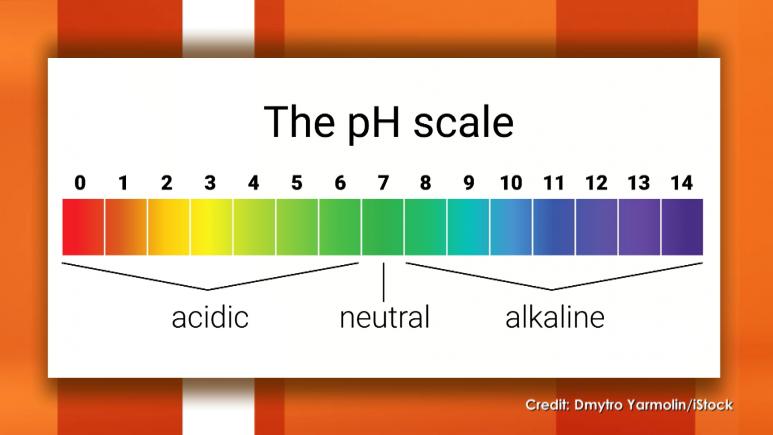

pH In Skincare Products Explained | Dr. Whitney Bowe

Q&A with Organizational Pro Peter Walsh + Dermatologist Shares A…

Actor Hank Azaria + Freezer Meals + Artichokes 2 Ways with Rach

See Inside Barbara Corcoran's Stunning NY Apartment + It's Steak…

How to Make Chicken and Lobster Piccata | Richard Blais

Donnie Wahlberg Spills Details About NKOTB's First Ever Conventi…

Donnie Wahlberg + Jenny McCarthy Say Rach Is Such a "Joy" + Look…

The Best Moments From 17 Seasons of the Show Will Make You Laugh…

How to Make Crabby Carbonara | Rachael Ray

Rach Chats "Firsts" In Flashback From Our First Episode Ever In …

How to Make Apple-Cider Braised Pork Chop Sandwiches with Onion …

Rach's Chef Pals Say Goodbye to Show in Surprise Video Message

How to Make Sesame Cookies | Buddy Valastro

How to Make Tortilla with Potatoes, Piquillo Peppers and Mancheg…

How to Make Shrimp Burgers | Jacques Pepin

How to Make Spanakopipasta | Rachael Ray

Andrew McCarthy Chokes Up Discussing Emotional Trip to Spain wit…

Celebrity Guests Send Farewell Messages After 17 Seasons of the …

Celebrity Guests Send Farewell Messages After 17 Seasons of the …

Andrew McCarthy Teases Upcoming "Brat Pack" Reunion Special

Michelle Obama Toasts Rach's 17 Years on the Air With a Heartfel…
When it comes to choosing skincare products, there is so much (read: TOO much) to think about. And now you have to pay attention to the pH level, too?! (Sigh.)
Don't fret, though. Leading NYC dermatologist and the author of The Beauty Of Dirty Skin, Dr. Whitney Bowe, is breaking it all down.
"pH stands for potential of hydrogen," Dr. Whitney explains, "and it has to do with how acidic or basic something is."
"Another word for basic is alkaline. And you've probably heard of people drinking alkaline water or eating alkaline diets," she continues. "Those are hot right now, but when it comes to the skin, it is the opposite. The skin does not like being alkaline. The skin likes to be slightly acidic."
Let's look at a pH scale for reference:

So, where does the skin like to be? "The skin likes to be slightly acidic," the derm says. "The skin likes to be at about a 4.5 to 5.5."
"When the skin is in that zone," she goes on, "it's able to trap in moisture, fight off infection, control inflammation [and] slow down the signs of aging."
Now, the question is — can we control the pH level of our skin?
"As we mature, our skin pH starts to actually climb into the alkaline range," Dr. Whitney explains. "You can use your products to bring it back, [but] sometimes products are hurting the pH of your skin."
Scary, we know. But the good news is you can buy pH strips (for as little as $4, the derm says) and test the levels of your skincare products right at home. (Watch the video above to see the pH level of one viewer's soap. Yikes!)
The even BETTER news is that skincare brands are starting to list pH levels right on labels. "They're going to be doing the work for you," Dr. Whitney says. Music to our ears!


